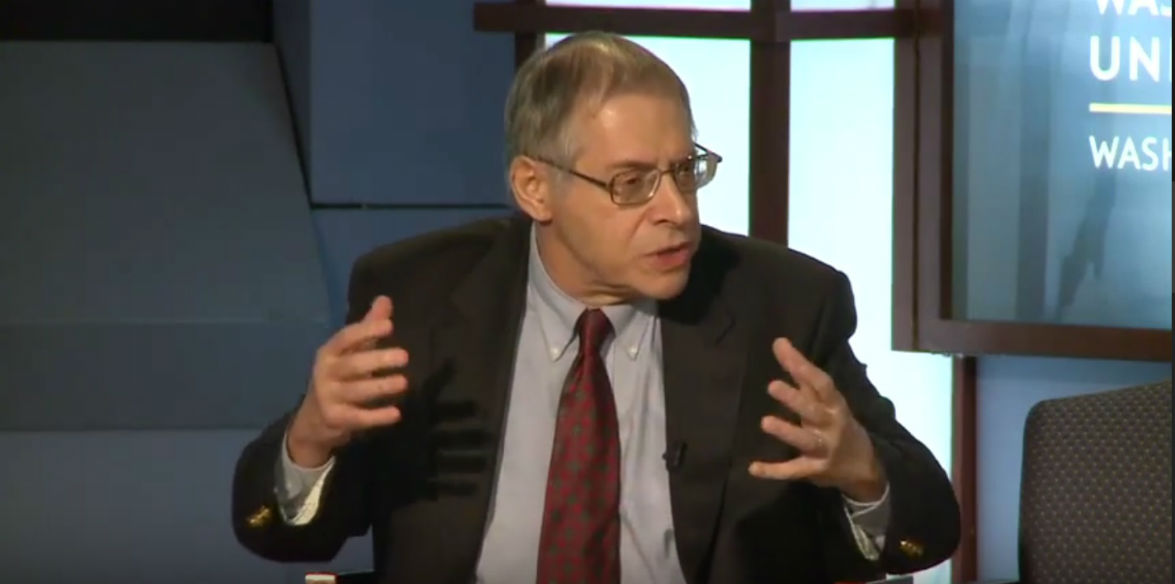One of my pet peeves is the inane and inept marketing/fund-raising letters sent to me by the Democratic Party and closely related interest groups with close ties to the Clinton machine and the White House. I’ve held my piece on these for a long time, but I think that now may be a good time for venting since, perhaps, some of the campaign professionals may be re-considering the effectiveness of what they do.
Today, I received an e-mail asking me to join “The Obama Legacy Network.” The e-mail begins:
Over the past eight years, President Obama and Vice President Biden have done their best to make our country better.
That’s why our team wanted to give you a snapshot of some of our favorite moments and victories over the past eight years and ask you to help us protect their legacy under the next administration.
I’m not in a position to know whether the President and the Vice-President gave it their best, but I am qualified, having followed their actions closely for their nearly 8 years in office, to evaluate their performance and also to evaluate the “favorite moments and victories” of the marketers who wrote this e-mail. So let’s get to these moments:
1) Passing the Affordable Care Act;
2) “Making marriage equality the law of the land”;
3) Taking “the most decisive action on climate change” of any Administration;
4) “When they brought unemployment DOWN to 4.9%”; and
5) “When they proved they were TRUE partners — with friendship bracelets to match.”
To say the least, I found this list of moments underwhelming. Beginning with the last one which, of course, is pure value-less marketing BS, and considering them one-by-one.
Why should I, a voter, care if Obama and Biden were true partners? If this is one of the 5 best moments and victories of their eight years in office, then that is an admission that their production of significant accomplishments serving public purpose must have been meager indeed.
Moving to their fourth great moment, I’m afraid I don’t agree about its greatness. As most informed people know, it took until June 2016, or 7.5 years in office, for “the partners” to get down to 4.9% U-3 employment. U-6, a broader measure, is still near 10% at this writing, and the Labor Force Participation Rate is at a modern low point, indicating that people who want to work have given up on the market, almost 8 years after the President took office.
So, I’m afraid I’m not impressed with the velocity of the Obama economic recovery, surely the slowest after a recession or depression in post-World War II history. I know that its lack of appreciable velocity was initially due to the President’s failure to even consider a $1.8 Trillion stimulus bill structured with a minimum of low fiscal multiplier tax cuts and a maximum of high multiplier deficit spending initiatives.
The Administration just blew the stimulus, initially, and then failed to push for more, because he was a practitioner of government fiscal austerity, who, after his stimulus bill, set out to reduce deficits over the long term. As a result, his economic recovery prolonged unnecessary economic suffering and a weak labor market for many millions of Americans.
Then there’s climate change. The Administration’s marketers always play the “low bar” game. In a remarkable display of political irresponsibility, no Administration has done anything to speak of to solve the climate change crisis since Jimmy Carter, whose initiatives were pretty much wiped out by Ronald Reagan. So, anything Obama did could be labeled “decisive.”
But, the truth is that compared to what must be done, this president has accomplished almost nothing of consequence to solve our climate problems. But, he did much to keep alive the fossil fuel madness, encouraging the growth of shale oil supplies, and development of environmentally dangerous pipelines in the United States, until public pressure finally got him to back off on Keystone and DAPL.
Then there’s 2) above. On this one, the President did act, but he deserves only minimal credit in my view, since it was the increasingly heavy pressure from civil rights activists, that finally got him to move.
Next, there is the first “great moment,” passing the Affordable Care Act (ACA). The ACA cannot be fairly evaluated without looking at the opportunity cost involved in passing it. Opportunity cost involves assessing other alternatives that may have been passed, the time and effort it took to pass the Act, the political capital expended, the consequences and the political costs of passing the ACA itself.
I’ll save that relatively complex analysis for another post. But before ending I also need to point out that Obama’s legacy is not just a matter of those things he is proud of accomplishing, but also of a number of things that he failed to accomplish, including some instances where his failures were good for most of the rest of us.
So, these too, will be taken up in a future post. But here I’ll end by noting that the four “great moments” I’ve reviewed thus far were not obviously so great. So why were they included in the marketing piece for his legacy network?
If the answer is that you go with what you’ve got, then I’m afraid there isn’t enough legacy to organize a network around. This may be a sad result for 8 years of effort. But when one highlights a legacy in a marketing piece, then I think one ought to make sure that there really is a legacy that one might want to build on.
